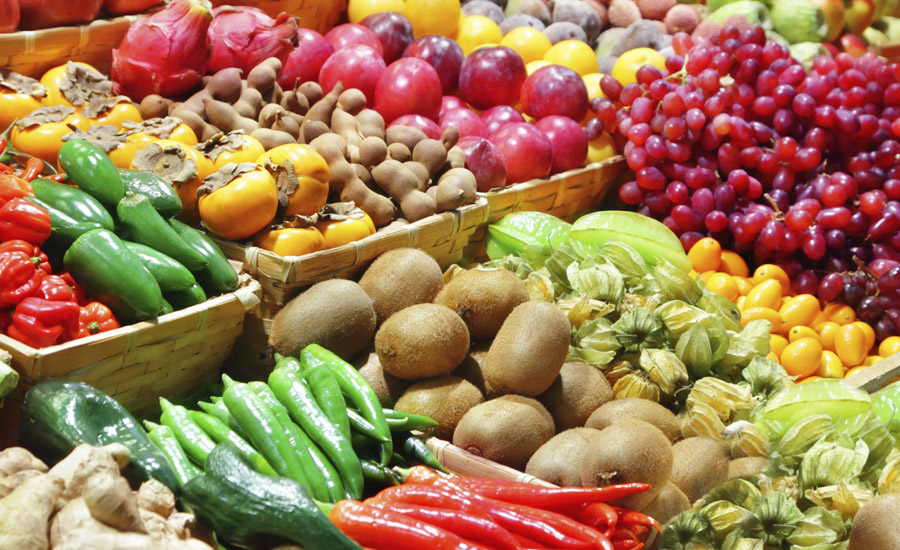How to avoid foodborne illness this holiday season

For many, feasting with friends and family is the best part of the holiday season. Whether you are hosting or attending celebrations, food is often prepared in one location and taken to another. Use the following tips to curtail the diverse opportunities which allow bacterial growth and contamination.
Stop Foodborne Illness, a national nonprofit, public health organization dedicated to preventing illness and death from foodborne pathogens wants to ensure that safe food handling becomes a normal part of everyone’s holiday plans. Many standard food safety practices such as hand washing, and avoiding cross contamination apply no matter what you’re celebrating. These tips are offered with the goal of making your festivities memorable. (In a good way!)
Alleviate some of your holiday stresses by planning and being prepared to cook and consume foods safely. Follow these tips to reduce the risk of foodborne illness:
- Make a plan. Consider your refrigerator, freezer and oven space, and how you’ll manage to keep hot foods hot (140°F or higher) and cold foods cold (40°F or lower). If you’re taking perishable food to another location, transport it in a cooler.
- Cook food thoroughly. A food thermometer is a critical tool to ensure the holiday feast is safe for loved ones to eat. If poultry is on the menu (including ground poultry), the thickest part must reach an internal temperature of 165°F or higher. Whole cuts of meat and seafood should have an internal temperature of 145°F. For ground meats other than poultry, a safe internal temperature is 160°F.
- Many holiday favorites such as eggnog and some desserts contain raw (uncooked) eggs. Avoid Salmonella and other bacteria by using pasteurized eggs when making food with raw eggs.
- Making Christmas cookies? Do not eat raw dough or batter. Resist the temptation to eat or taste any raw dough or batter! Raw eggs AND flour may contain harmful bacteria.
- Keep Santa safe too. For the health of Santa and his reindeer, make sure that any perishable treats (such as milk, a turkey sandwich and carrots) have not been sitting out for longer than two hours. Perishable treats left at room temperature for two hours or more should be thrown away, so don’t eat their leftovers!
- Safely cook and fry foods. In addition to the danger of frying foods in hot oil, foods must also be cooked to a safe internal temperature. Whether it’s brisket or salmon, or whatever you’re making, just remember to use your thermometer to check foods for a safe internal temperature.
- Refrigerate leftovers within two hours. While it is tempting for a host to leave out food for guests who have not arrived, or just want to have seconds, perishable foods such as fried vegetables and brisket must be refrigerated within two hours of serving. Be mindful of how long food has been sitting out, and keep the party going.
- Safely consume leftovers. An eight-day holiday can create lots of delicious leftovers, but leftovers that are not consumed within 3-4 days after being placed in the refrigerator (or within 3-4 months after being placed in the freezer) must be tossed out. Tip: put the date on Tupperware before freezing to ensure leftovers are enjoyed within the correct timeframe. When re-heating, solid leftovers should reach an internal temperature of 165° F. Leftover soups, and sauces should reach a rolling boil.
December 31 is the traditional day for Karamu, a Kwanzaa feast that often involves a spread of fresh fruits and vegetables. Kwanzaa, which celebrates family, community, and culture, is from the Swahili phrase matunda ya kwanza, which means "first fruits of the harvest." While raw fruits and vegetables are nutritious and delicious, they may also be contaminated with harmful bacteria. Here are some tips to safely prepare them for your family and friends:
- Before eating or preparing raw fruits and vegetables, rinse them under clean running water, even fruits that require peeling or cutting - like cantaloupe and avocados.
- Use a small vegetable brush to remove the surface dirt (and bacteria) found on the outer rind, peel, or skin. As an added precaution, avoid soaps, detergents, or bleach solutions.
- Cut away damaged or bruised areas, as well as throwing away the outermost leaves of a head of cabbage, lettuce, or other leafy greens.
- Even organic, and homegrown produce must be cleaned.
- As with other prepared and refrigerated foods, avoid leaving cut produce at room temperature for longer than two hours.
About Stop Foodborne Illness
Stop Foodborne Illness is a national nonprofit, public health organization dedicated to preventing illness and death from foodborne pathogens by advocating for sound public policies, building public awareness and assisting those impacted by foodborne illness.
- For more food safety tips please visit www.Stopfoodborneillness.org/awareness/.
- If you think you have been sickened from food, contact your local health professional.
- You may subscribe to receive Stop Foodborne Illness e-Alerts and eNews here: www.Stopfoodborneillness.org/take-action/sign-up-for-e-alerts/.
Looking for a reprint of this article?
From high-res PDFs to custom plaques, order your copy today!




